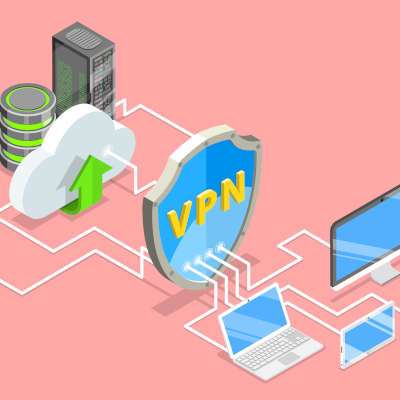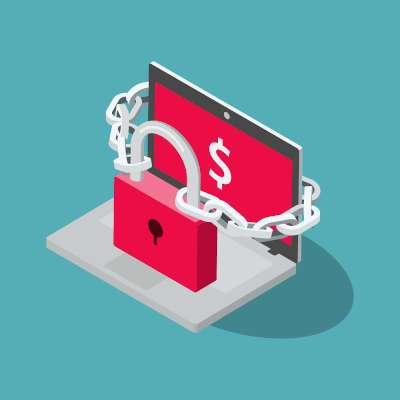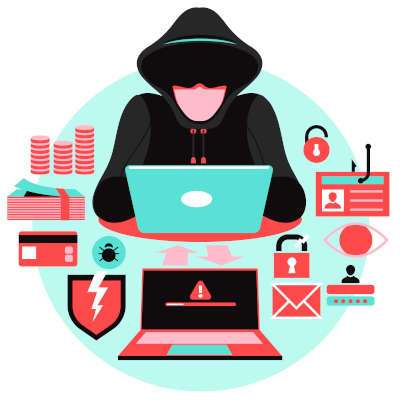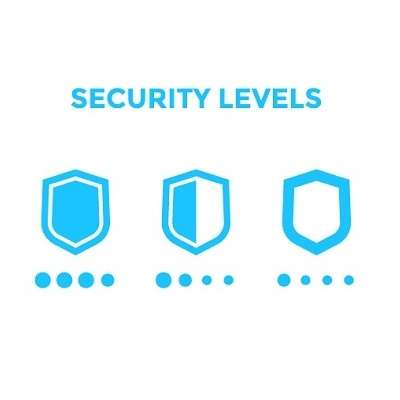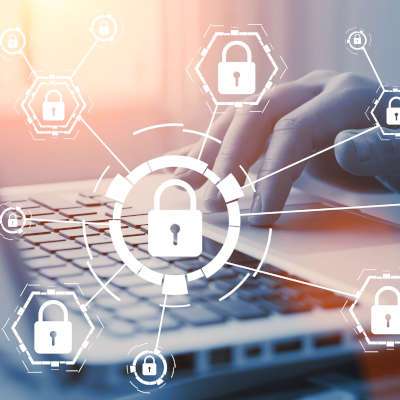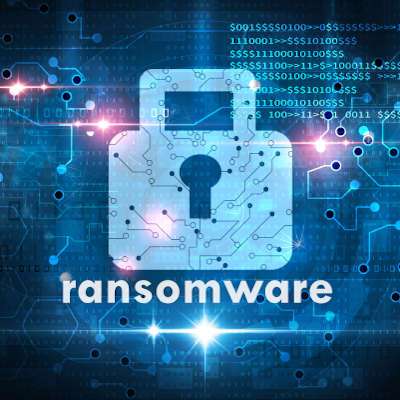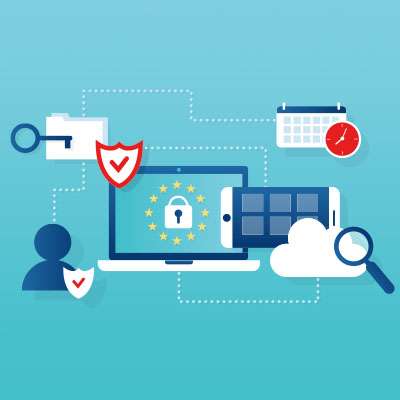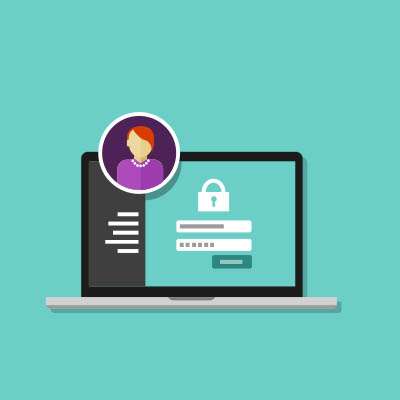Since the onset of the coronavirus, many companies have managed to sustain themselves via remote work, also commonly known as telework. While this strategy has permitted quite a few businesses to survive, it has also opened them up to security threats. Listed below is a focus on one such threat: vishing, or voice phishing.
Macro Systems Blog
When we think of modern cybercrime, most people’s minds go to one of two places: some think about the annoying, misspelled emails that are clearly scams, while on the other can’t help but think about the hacks that we see in movies, where a cybercriminal manages to overcome the best the government can incorporate into their defenses.
The password is the primary element of both data security and user authentication; this makes the construction of them extremely imperative to protecting digital assets. Alas, not everyone comprehends how to construct passwords that actually work to protect the information on the other side. Listed below is a discussion on how to create a solid password that works to keep your digital resources safe.
The COVID-19 pandemic has created an ominous situation for many businesses, resulting in employees finding themselves in a vulnerable position. Regardless of whether or not your employees are able to come into the office right now, it is critical that you share the following information with them, as it may help to keep them out of a tough spot.
With the COVID-19 pandemic far from over, many companies have had their attention pulled away from their cybersecurity needs by the concerns that the current health crisis has created. Listed below are some of the observations that a group of 273 cybersecurity professionals have made, courtesy of an annual survey.
Many modern businesses accept payment cards. To secure people’s personal and financial information when conducting transactions using credit, debit, and gift cards, the companies that stand to lose the most if these transactions are compromised: Visa, Mastercard, Discover, and American Express, have implemented industry-wide compliance regulations. This regulation is called PCI DSS, short for Payment Card Index Digital Security Standard. Listed below is a look at this regulation.
A security audit tests the overall integrity of your business when it comes to its IT security. In our modern environment, businesses need to have strengthened fortifications in place to protect themselves from cyberthreats, and these fortifications need to be properly tested and reviewed over time. Listed below are some of the types of audits and their benefits, and how you can assess your security.
Beginning in 2008, Verizon has created a report outlining the cybersecurity incident trends that the previous year demonstrated. In doing so, they have provided a resource that offers businesses greater insights into where their cybersecurity efforts need to be focused. Listed below are some of 2019’s trends and insights that were highlighted in the Verizon Business 2020 Data Breach Investigations Report (DBIR).
People talk about cybersecurity like it's something you can just buy. That’s not the truth, however. When you are seriously looking at how you can keep unauthorized entities off your network, while having control over what you do with your technology, you need to look at it as three levels of cybersecurity.
It’s astonishing how much trust people have in Internet-based companies; they not only believe that these companies will fulfill their expectations, but that they will protect their most valuable and sensitive information. Listed below is a look at some of the data collection practices that companies use and what they do with that data.
Conferencing has been a critical tool for businesses as stay-at-home orders have moved their operations out of the office and into worker’s homes. While there are dozens of video conferencing solutions on the market, businesses should consider security just as much as they consider functionality. Below is a look at security for your company’s conferencing solutions.
At any given time, a business needs to consider its security, but this need only intensifies when its employees are working remotely. With the coronavirus pandemic very much still in play, the likelihood that your workers are in this situation has risen dramatically. In order to maintain your organizational security, you must consider the many factors that a remote workforce can introduce.
The rising popularity of ransomware has been disconcerting to many IT professionals, especially due to the different tactics that this malware variant has been spotted utilizing. In order to protect your business from these attacks, it helps to know how they work. Listed below is a beginner’s guide to ransomware types to help you identify and avoid them.
COVID-19, or coronavirus, has become a serious global health concern over the past couple of months. At this point, it is clear that this disease could have major impacts on the workplace. We wanted to offer a brief rundown of good workplace and network health practices, as well as a few pointers on how you can handle health-based employee absences.
There has recently been a general fascination with smart devices in the home and the office. These Internet of Things-powered appliances can help add to the convenience of rote tasks and other everyday activities, but is it actually a good idea to use them? Unless you’ve taken the proper precautions, maybe not.
Personal information is very, very valuable, especially in this increasingly digital modern day and age. This makes it incredibly imperative that you are doing everything you can to protect it in your business, whether it is your own or belongs to somebody else. Listed below are a few tips to help you better protect the data you’re responsible for.
As you manage your business, there is a lot that you’re going to have to oversee - including how much access your employees have to the data you have gathered and generated throughout your operations. An access management policy can help you to accomplish this. Listed below is a review of a critical features you need to include in your strategy.


